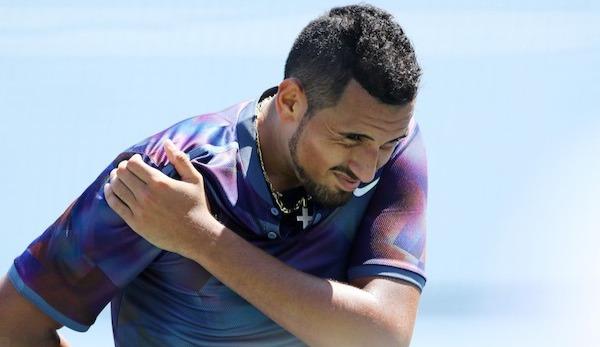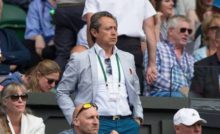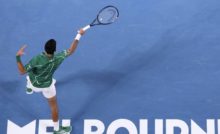The shoulder joint is particularly hard working in tennis and is therefore particularly susceptible to injury. Amateurs as well as professionals have to fight here again and again with problems. Reason enough for us, in cooperation with the Department of Sports Orthopaedics and Arthroscopic Surgery at Tabea Hospital, to take a detailed look at the causes, treatment options and prevention of shoulder injuries.
Every tennis player knows the pinch in the shoulder, which can sometimes quickly develop into a full-grown pain to the great regret of all athletes. But where does this pain actually come from? What are the underlying causes?
In the case of shoulder injuries, a distinction must be made between acute and chronic injuries. “Acute injuries to the shoulder are rather the exception in tennis,” explains head physician Dr. Mathias Himmelspach. Ruptures of the biceps tendon, shock with the overstretched arm or shoulder luxations and AC joint fractures as a result of a fall can occur.
Chronic injuries are much more common and affect amateurs and professional tennis players alike. Some professionals of the ATP and WTA tour had to deal with shoulder injuries and thus missed long phases of a season in some cases. The best example of this is the German ex-pro Tommy Haas, who has repeatedly been thrown back by shoulder injuries. The former world number two had to have surgery on her shoulder three times – including the rotator cuff.
“Chronic overuse damage is more common in the shoulder area. For example, the recurring extreme movements of the impact arm during impact lead to one-sided adjustment processes of the joint capsule. If these are not detected and treated at an early stage, the rotator cuff may be damaged,” explains Dr. Himmelspach.
But what is this “rotator cuff”? This is a combination of 4 muscles that form a common tendon plate that surrounds the head of the humerus.
The rotator cuff is essential for stabilization and centering of the joint. Only if it is intact, a smooth movement in the shoulder is possible. Unfortunately, it is also susceptible to wear, partial cracks as a result of overloading – noticeable, for example, by pain during overhead blows – and other pathological changes, depending on the type of load. Tennis players, for example, develop a greater external rotation in their shoulders due to the movement sequence, which can lead to functional disorders. For the high ball speed, a maximum internal rotation speed of the shoulder joint is required during the acceleration phase of the stroke. This is promoted by the greatest possible ability to rotate outwards in the extension movement.
In this way, pathological adaptation processes can be set in motion over time. Muscular imbalance and muscle shortening impair mobility and may eventually cause damage to the rotator cuff, joint lip or biceps tendon. Then it is time for the question of treatment options, which in any case belong in the hands of experienced specialists and of which we will present some to you in the next edition of our series together with the Sports Orthopedic Hospital Tabea.
Some tennis professionals have already felt the side effects of constant overload or unbalanced training and had to pay tribute to them. Novak Djokovic, for example, gave up last year in the quarter-finals of Wimbledon injured after shoulder problems; Maria Sharapova was not only forced to abandon a game due to acute shoulder pain, but even to cancel her participation in the 2008 Olympic Games in Beijing. And for ex-pro Michael Stich they even meant the end of his career.
I don’t want that to happen to you, of course. So: continue reading and don’t miss our follow-up articles, so that you will never lose the joy of the game!




